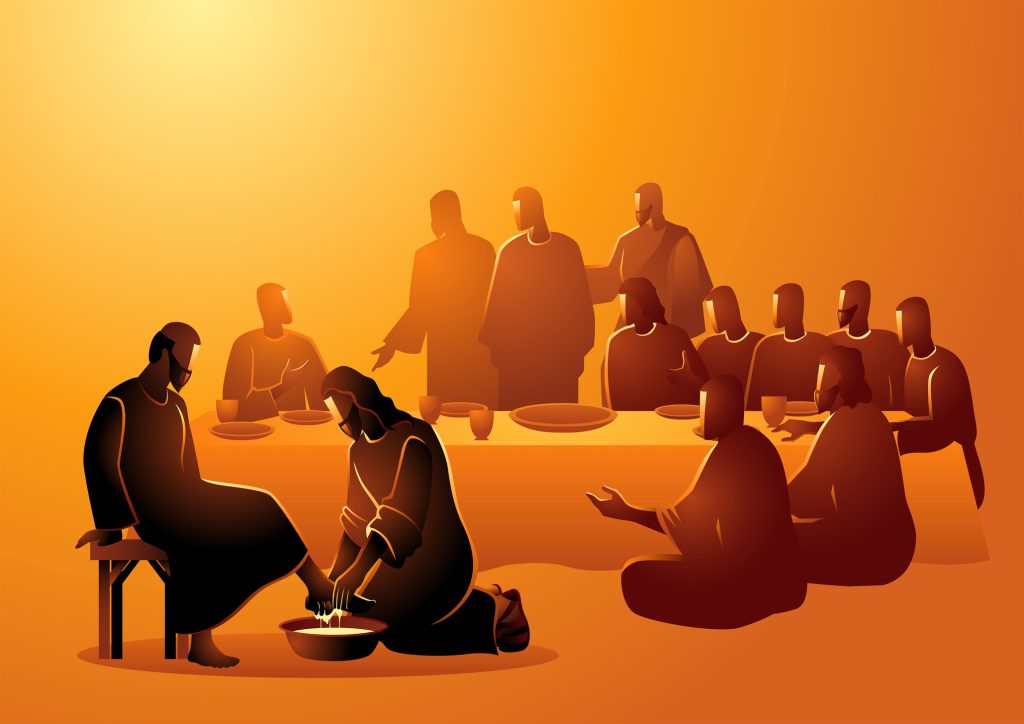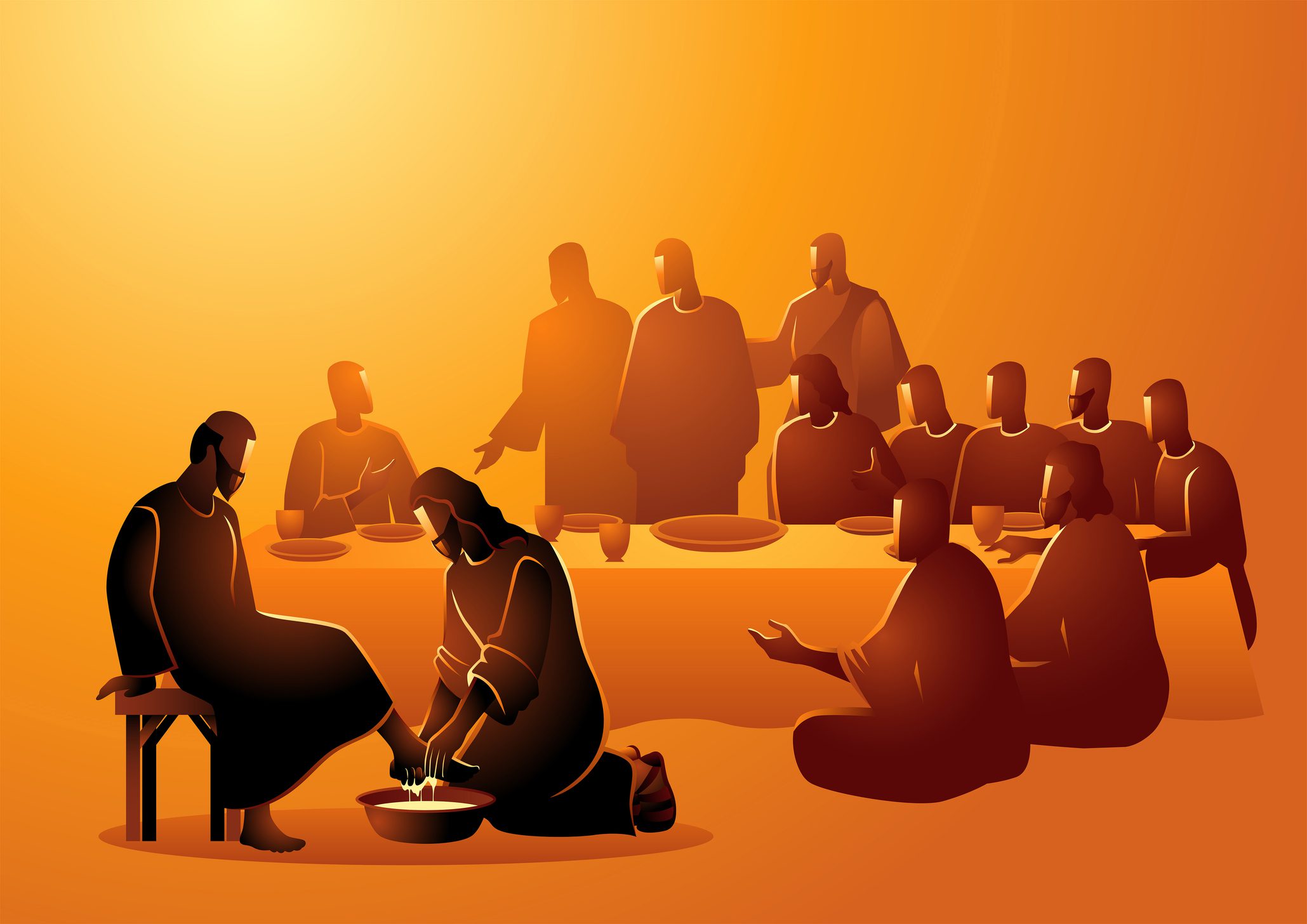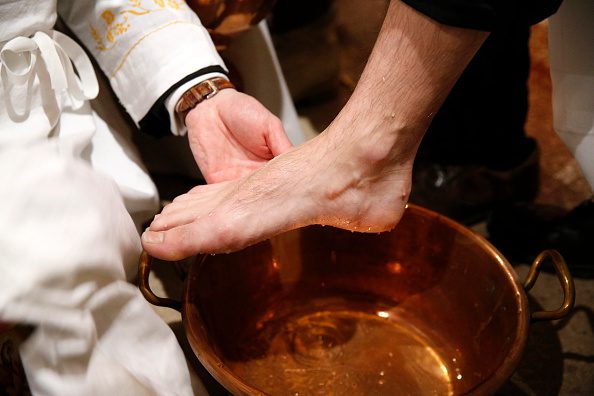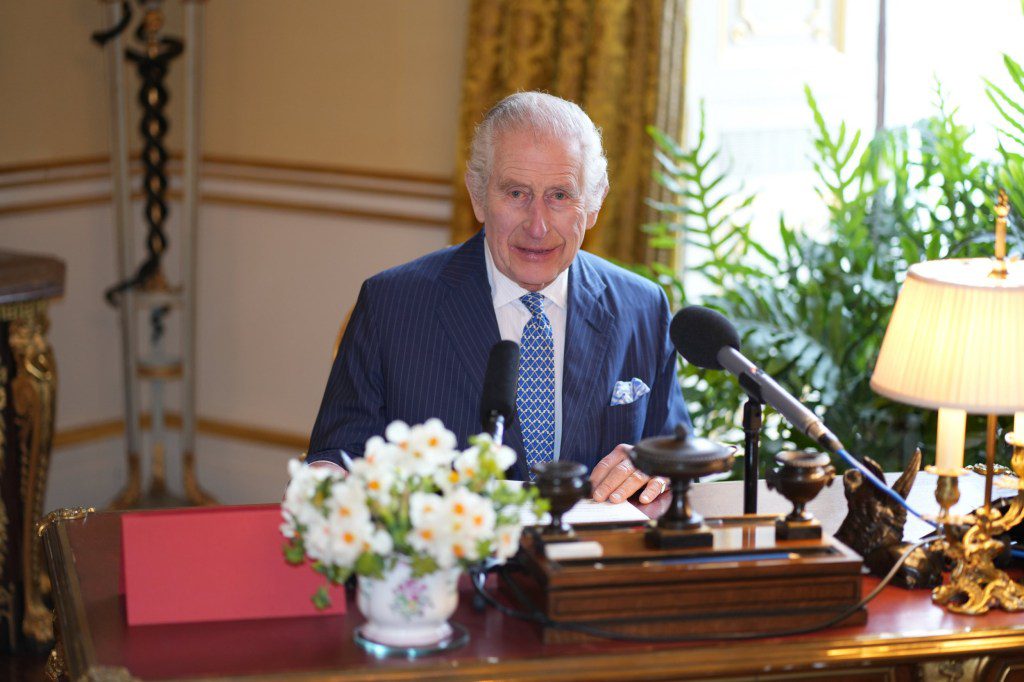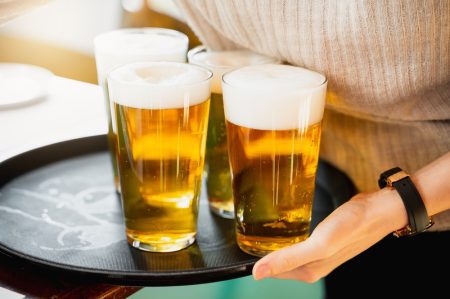Easter is commonly thought to take place over a weekend, but Maundy Thursday is a key part of the story of Jesus Christ’s crucifixion.
The day before Good Friday, the fifth day in Holy Week, unique religious rituals take place that echo the activities of Jesus thousands of years ago on the last day of his life.
So what exactly is Maundy Thursday – which falls today, March 28?
Here is everything you need to know.
What is Maundy Thursday?
Maundy Thursday (also known as Holy Thursday, Covenant Thursday, Great and Holy Thursday, Sheer Thursday, and Thursday of Mysteries) takes place the day before Good Friday.
It marks the final day of Jesus’ life, in which he washed his 12 apostles’ feet and then ate his Last Supper, after which he was betrayed by Judas.
Maundy is the name given to the ritual of Jesus washing his disciples’ feet and the ritual is carried out in many Christian churches on this day, with priests washing the congregation’s feet.
The word ‘maundy’ has little to do with clean feet, and actually means ‘command’.
It’s taken from the first word Latin song that’s sung while the feet are being washed: ‘Mandatum novum do vobis ut diligatis invicem sicut dilexi vos.’
Translated, it means: ‘I give you a new commandment, That ye love one another as I have loved you.’
Meanwhile, the Last Supper saw Jesus explain to his disciples that he would soon be dying, and that from then on, bread would be his body and the wine his blood.
This would serve as a reminder that through his death, their sins would be forgiven, and serves as the basis for the Christian service known as Communion, Mass or Eucharist.
But feet-washing and Communion isn’t the only ritual observed on this day around the world.
The ritual of Vattienti that takes place in Verbicaro, southern Italy, on Thursday night involves the worshippers hitting their legs with cork boards with pieces of glass stuck, creating wounds that ooze blood down their legs. They then leave an imprint of their blood on a wall.
What does the King do on Maundy Thursday?
Traditionally, the King goes to the cathedral of his choice and gives out special coins called Maundy Money to pensioners instead of washing their feet.
However, this year the King will not attend the Royal Maundy Day service..
The King has stepped back from large-scale public duties while receiving outpatient treatment following news of his cancer diagnosis, with Queen Camilla deputising for him at the ancient Royal Maundy ceremony on Thursday.
The King has however pre-recorded a message that will be broadcast in his absence at the service in Worcester Cathedral.
The Royal Maundy service is a major fixture on the royal calendar and normally the monarch, who is the head of the Church of England, presents specially minted coins to people recognised for their community service.
The event remembers Jesus’s Last Supper when he cleansed the feet of his followers as a gesture of humbleness the day before Good Friday.
Normally, the King continues the tradition, as Monarch, by giving out special Maundy money to local retirees.
Nowadays monarchs no longer wash the feet of the poor as they did in ancient times but 75 women and 75 men – representing the King’s age – will be given two purses, one red and one white, filled with Maundy money.
The first English ruler known to donate clothing, food and presents to the poor was King John in 1210.
Back then, recipients were chosen for their poverty and were allowed to remain as Maundy recipients for the rest of their lives.





